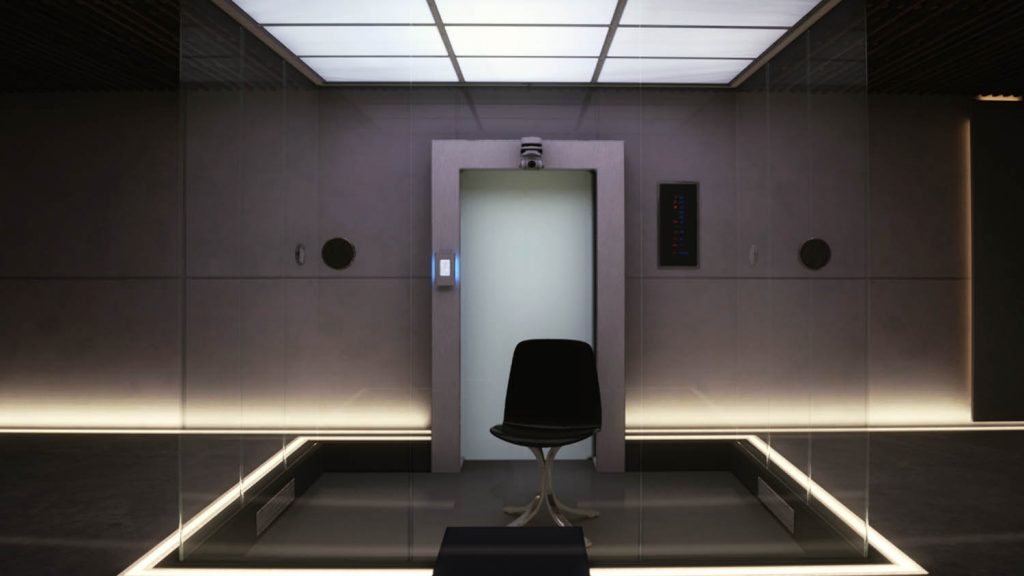Production renderer features ‘fully customisable’ light baking for ‘enhanced realism and speed’
Chaos has released V-Ray 5 for Unreal, a new update to its production rendering plug-in designed to import V-Ray scenes, bake lighting and render ray-traced images and animations in Unreal Engine.
“V-Ray for Unreal has become really popular with artists who need the highest quality light baking for their real-time virtual production and advanced visualization projects,” said Phillip Miller, vice president of product management at Chaos. “V-Ray 5 for Unreal makes that process even easier, opening up custom control over those bakes, while simultaneously cutting render times whenever they leverage network rendering or Chaos Cloud.”
V-Ray 5 is said to offer a new level of control over light baking, augmenting production presets with the ability to ‘completely customise’ the rendering settings. Users can now fine tune global illumination, sampling and noise levels.
Chaos explains that Unreal artists can also render high-quality lightmaps much faster by distributing their rendering across multiple machines and/or utilising all available CPUs and Nvidia GPU hardware. A direct link to Chaos Cloud has also been established for on-demand rendering and the creation of up to 100 lightmaps at once.
With the redesigned Frame Buffer with post-processing controls built-in, designers can make colour corrections, combine render elements and add finishing touches without the use of a third-party image editing application. According to Chaos, this makes it even easier to get the perfect look straight from the renderer.
Other features of V-Ray 5 for Unreal include a new coat layer for V-Ray Materials for more realistic representations of reflective coatings like coated metal and lacquered wood.
With selective export artists can now select a group of objects in their UE scene and export them as a V-Ray scene file and transfer assets to other V-Ray applications.
For users without an Nvidia graphics card, the Intel Open Image Denoise can use their workstation’s CPU(s) to reduce noise during interactive rendering.
Finally, V-Ray 5 for Unreal adds initial ‘Out-of-Core’ support for the rendering of large scenes that exceed GPU memory.







